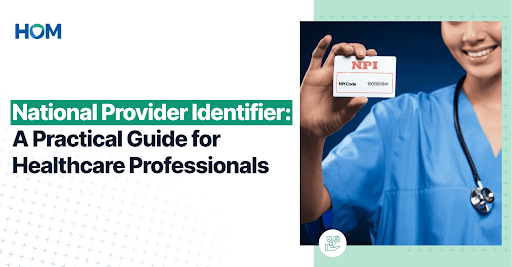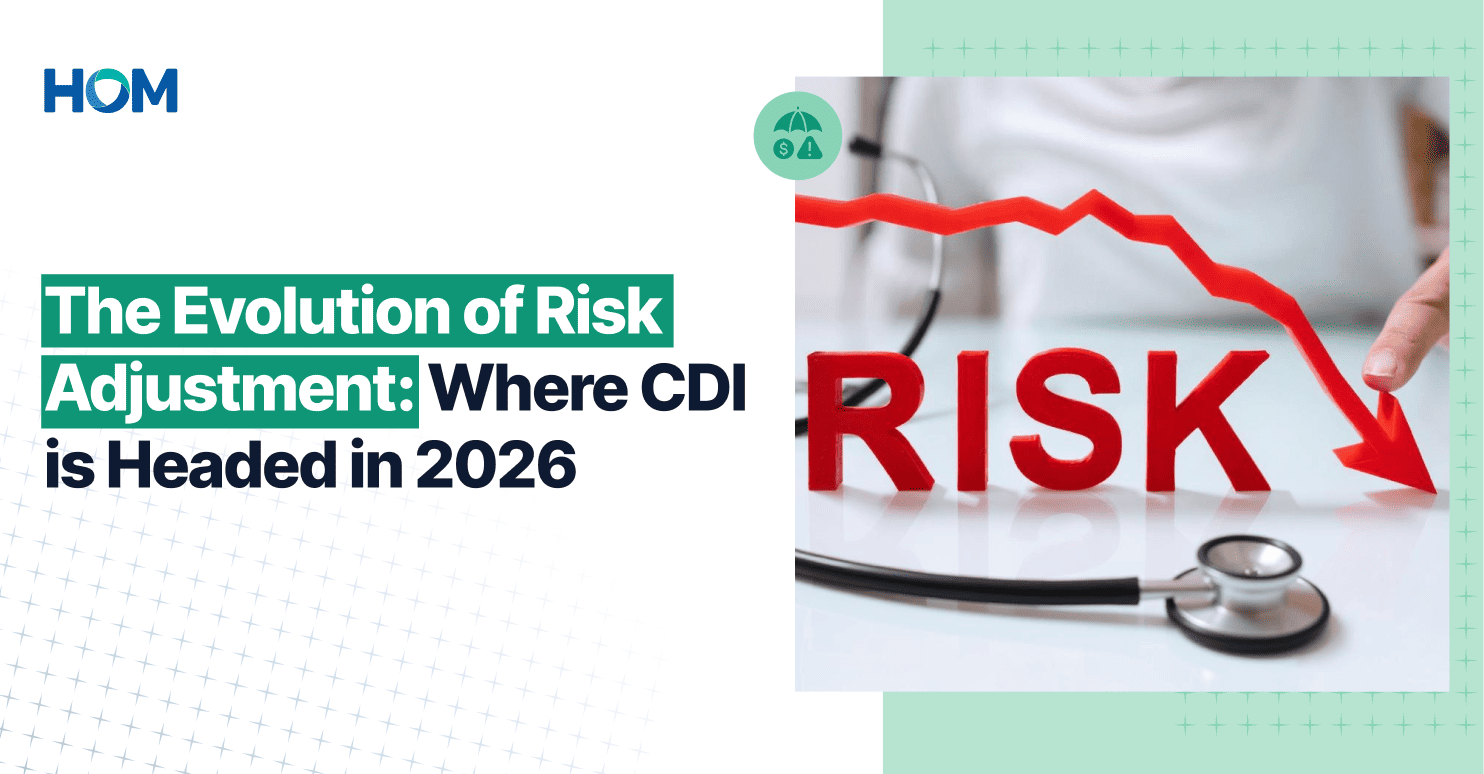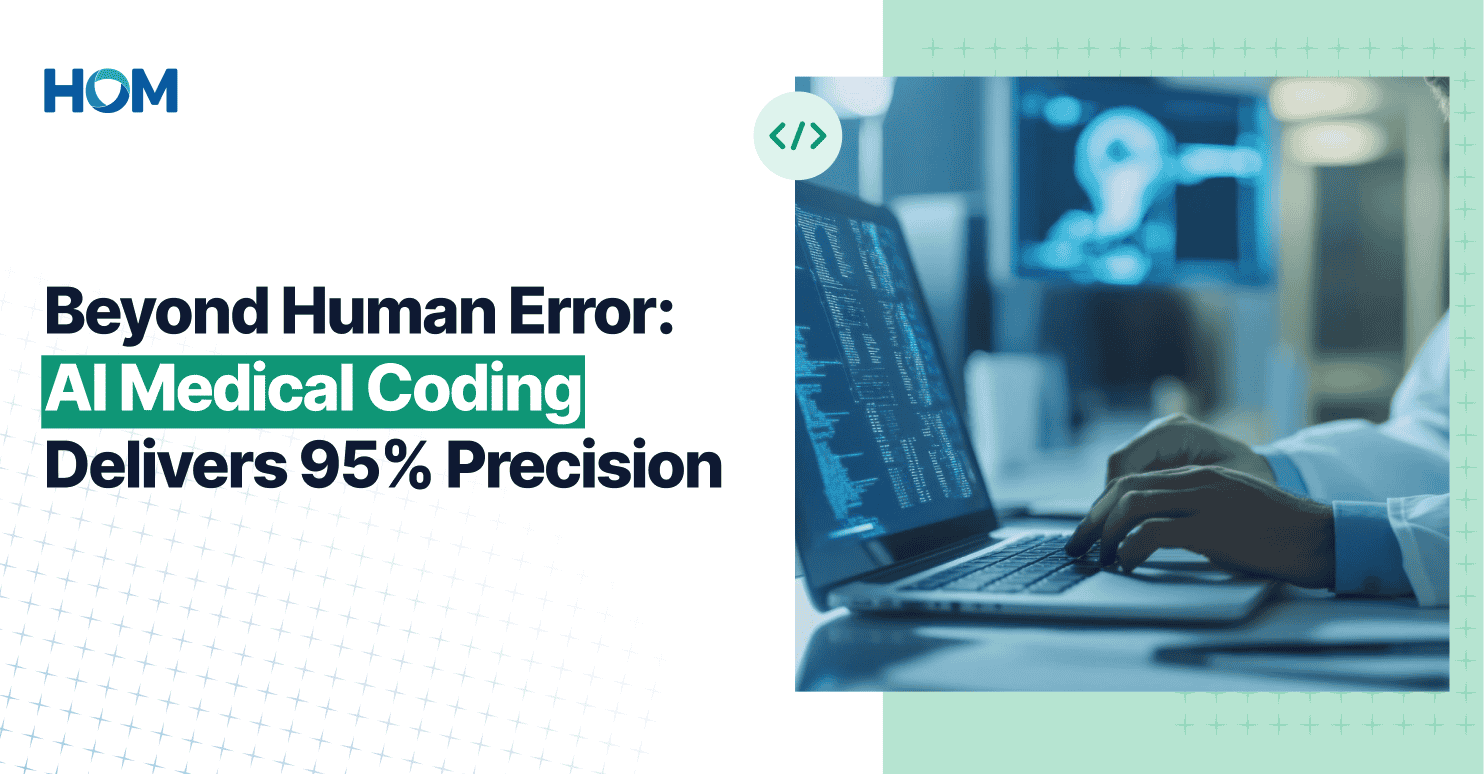
If you’ve ever dealt with a denied claim and thought, “This has to be a mistake,” there’s a good chance the issue had something to do with an NPI.
The National Provider Identifier (NPI) is one of the most important numbers in healthcare, and yet, it’s often an afterthought until it starts causing real problems. This 10-digit ID seems simple on the surface, but poor management can lead to revenue delays, claim rejections, and administrative headaches.
In fact, NPI-related problems are a leading cause of claim denials, especially during provider credentialing and enrollment. Up to 54% of practices report denials tied to these issues.
Whether you're a provider, practice manager, or RCM specialist, mastering NPI management isn’t just about compliance—it’s about protecting your cash flow. Let’s take a closer look.
What Exactly Is an NPI—and Why Should Healthcare Providers Care?
Back in the early 2000s, healthcare provider identification was often a mess. Different insurers used different systems, creating confusion and errors. To fix that, the Centers for Medicare & Medicaid Services (CMS) introduced the NPI in 2004-05, and it became mandatory by 2008. One number per provider, used everywhere—that was the goal. And for the most part, it worked.
Today, NPIs are used across the board: insurance claims, electronic health records, e-prescribing platforms, and beyond. But even though the system has been in place for years, that doesn’t mean it’s being used correctly—or consistently.
Type 1 NPI vs. Type 2 NPI: What is the Difference?
There are two types of NPIs:
- Type 1: For individual healthcare providers, like doctors, nurse practitioners, physical therapists, etc.
- Type 2: For organizations, like hospitals, clinics, or group practices.
Healthcare RCM: Why NPIs Still Matter in 2025 and Some Common NPI Pitfalls
Common NPI Challenges Facing Healthcare Providers
Even small oversights in NPI management can create major disruptions in healthcare RCM operations.
1. Managing Provider Rosters
As organizations grow, keeping NPI data updated becomes exponentially harder. Onboarding new providers? Someone needs to assign and verify their NPIs. Someone leaves the practice? That needs updating, too. Without a solid system, the chaos can quickly snowball.
2. Misunderstanding Taxonomy Codes
Every NPI needs a taxonomy code—a kind of “job title” for your specialty. But it’s more nuanced than it sounds. A cardiologist who does procedures may need a different taxonomy code than one who only sees patients for consults. Choose wrong, and you risk improper reimbursement or claim rejections.
3. Outdated Information
When a provider switches locations or joins a new practice, the information linked to their existing NPI must be updated in the National Plan and Provider Enumeration System (NPPES). If it’s not, expect ripple effects—denials, delays, and a whole lot of manual cleanup.
Healthcare RCM: The Compliance Angle
Staying on top of NPI compliance requirements is critical for every healthcare provider looking to stay in-network and fully reimbursed.
CMS Requirements Aren’t Optional
The CMS requires NPIs on every claim. Individual NPIs go on professional claims. Organization NPIs are required for institutional claims, along with the attending provider’s info.
On top of that, you’re also juggling DEA numbers, state licenses, and payer-specific IDs. It’s a lot, and missing even one piece can derail your entire claim submission process.
NPIs Are Expanding Their Reach
NPIs are now used for more than just claims. Think: e-prescribing, health information exchanges, and prescription monitoring programs. That means your NPI data has to be accurate across multiple platforms, not just your billing software.
What Happens If You Get It Wrong?
At best? You get a denied claim and have to resubmit. At worst? Repeated errors can trigger payer audits or even lead to provider exclusion from a network. Judging by the current reimbursement environment, that’s a risk few can afford.
Healthcare RCM: How Can Healthcare Providers Keep Their NPI Game Strong
A few strategic changes to your provider data workflows can eliminate NPI-related headaches and drive better financial results.
Centralize Your Provider Data
Don’t let every department handle its own NPIs. That’s a recipe for inconsistency. Centralized systems allow for pre-claim verification and fewer surprises when claims hit payer systems.
Sync Your Systems
Make sure your EHR, billing software, and credentialing tools are in sync with each other. When one system updates provider data, the others should follow. No more playing telephone across platforms.
Audit Quarterly
At least once a quarter, compare your internal NPI records to what’s listed in the NPPES registry. Catching discrepancies early saves time and money. Assign a team member or department to own this—it’s not just IT’s job.
Healthcare Providers: Technology Is Your Friend
Smart automation tools make it easier for healthcare providers to stay accurate, compliant, and ahead of claim denials.
Automate NPI Verification
Modern RCM platforms can check NPIs against official databases in real time. These automated checks catch issues before submission, reducing denials by 30% or more.
Use Integrated Tools for Seamless Updates
The best systems automatically update provider information across platforms. That means no manual entry errors, and more time for your team to focus on revenue, not rework.
Tap into Analytics
Look at your denial data. Are NPIs a frequent culprit? If so, it’s time to build a targeted fix. Use analytics to track trends, isolate problems, and prove ROI on process changes.
Final Thought
In the complex world of healthcare billing, it’s easy to overlook the NPI. But ignoring it can lead to rejections, delays, and lost revenue.
The good news? With the right systems, tools, and attention to detail, NPI management becomes a strategic asset, not a liability.
At HOM, we specialize in helping healthcare providers optimize their revenue cycle from the ground up. From provider enrollment to claim submission, we bring in-depth regulatory knowledge and a powerful technology suite to eliminate costly NPI errors and streamline operations.
Need help solving NPI challenges? Reach out to our team at partnerships@homrcm.com—we’re here to help.
You can also contact us here.
Bring a change to your Healthcare Operations
A partnership with HOM gives you an inherent:
Connect with our experts for a quick analysis and possibilities.


_July%208%2C%202025.png)













